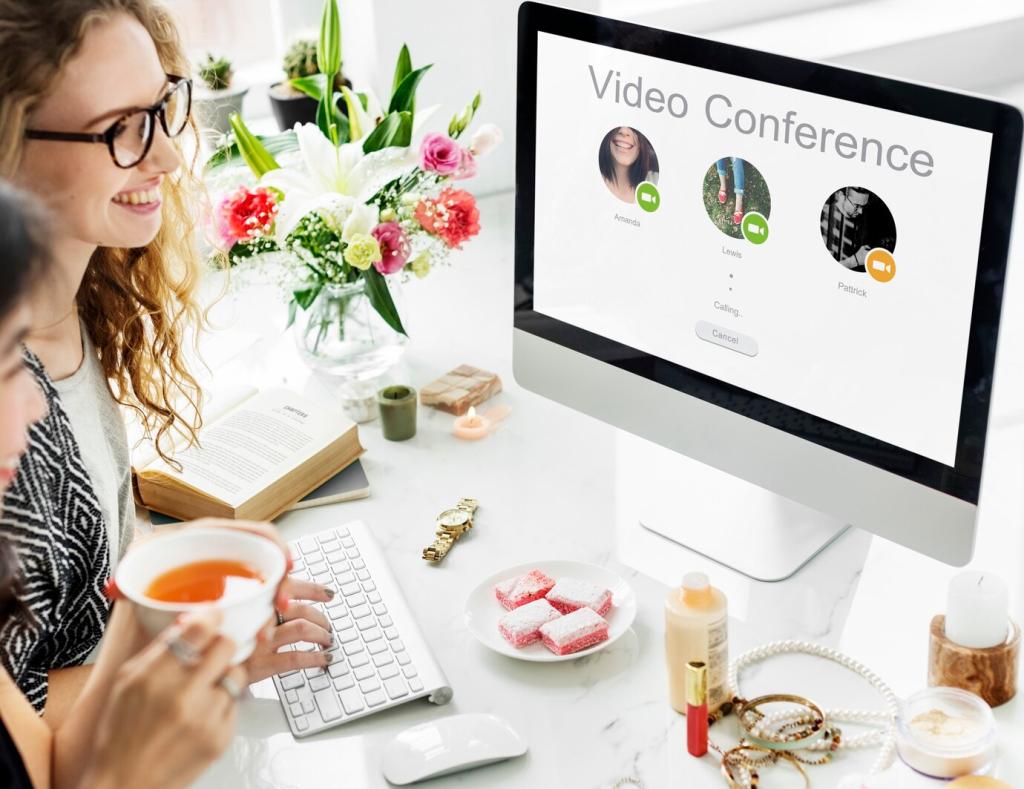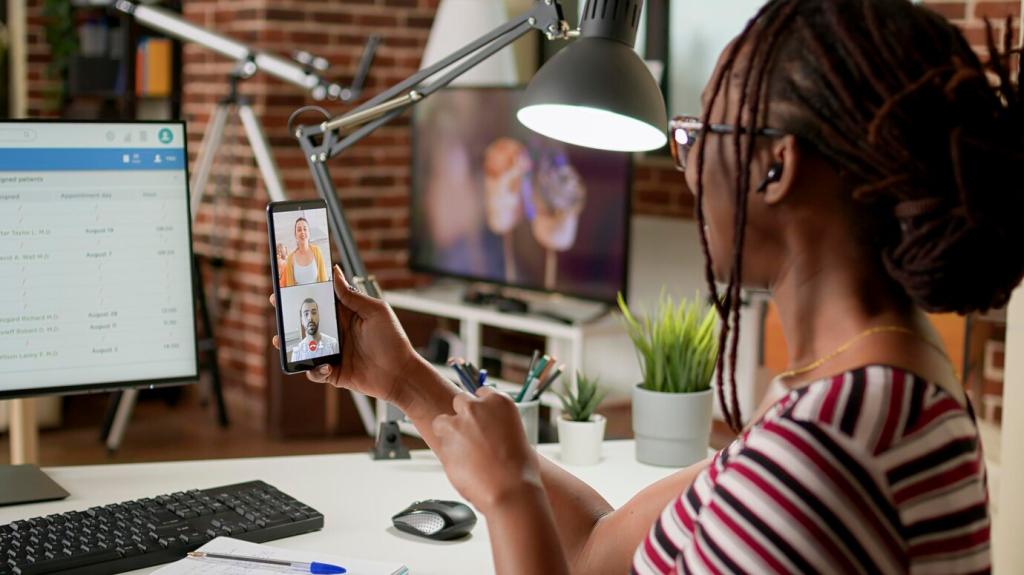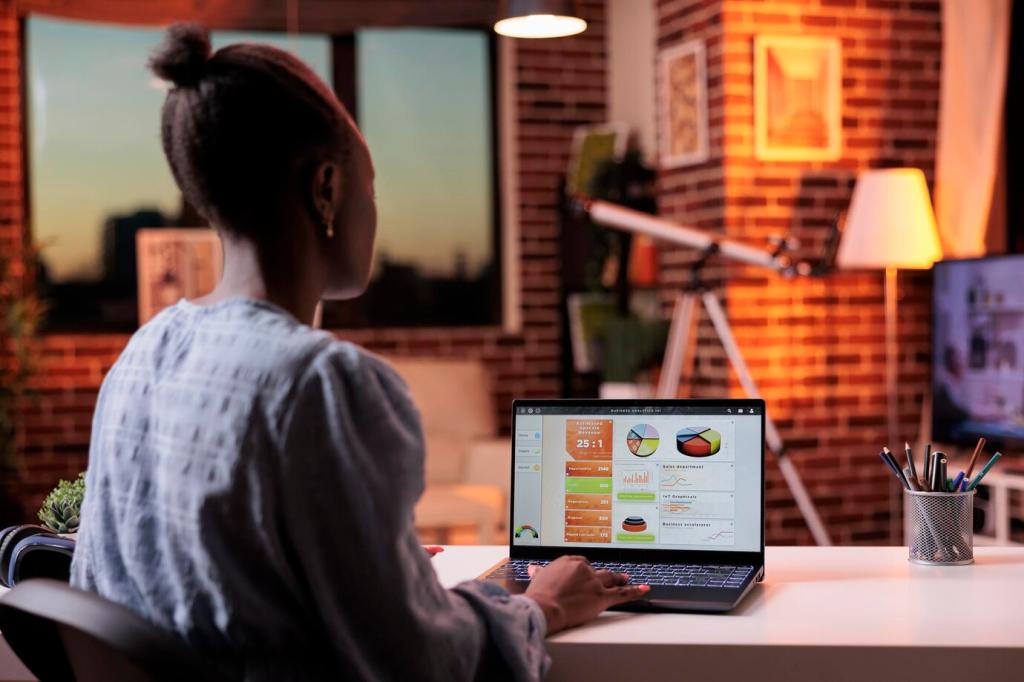Optimize Your Home Design Content for Maximum Impact
Chosen theme: Content Optimization Techniques for Home Design. Let’s turn your rooms, mood boards, and project stories into content that ranks, resonates, and inspires action. Stay with us, share your thoughts, and subscribe for weekly optimization sparks tailored to design lovers.

Keyword Architecture Tailored to Design Intent
Go beyond generic phrases like “kitchen remodel” by targeting nuanced, design-rich searches such as “oak shaker kitchen with matte brass hardware.” This specificity attracts serious readers, elevates relevance signals, and lets your visuals prove mastery of a clearly defined style.
Organize pages around clusters like “Scandinavian living rooms under $5k” or “Japandi bedroom lighting.” Interlink within clusters, answer related questions, and guide readers from inspiration to concrete next steps with a cohesive, navigable content path.
Use long-tail phrases that echo real decisions, like “small bathroom storage without drilling tile” or “pet-friendly velvet sofa fabrics.” These queries invite story-led solutions and let your before–after examples deliver trust through relatable constraints.
Visual SEO: Images, Alt Text, and Performance
Use modern compression to preserve wood grain, fabric texture, and subtle lighting. Balance quality with speed, serve responsive sizes, and prioritize above-the-fold images so pages feel immediate, elegant, and functionally fast on every device.
Visual SEO: Images, Alt Text, and Performance
Write alt text like “sunlit mid-century dining nook with walnut table and woven chairs, styled for cozy morning coffee” instead of “dining room.” Intent-rich descriptions improve accessibility and reinforce the atmosphere you carefully curated.

Portfolio Case Studies that Convert
Tell the story: a cramped rental living room, a couple with a dog, and limited sunlight. Explain layout choices, durable textiles, and mirrors to bounce light. Readers remember solutions that genuinely fit life.
Portfolio Case Studies that Convert
Use short sections: goals, constraints, materials, timeline, cost considerations, and results. Add micro-headings and pull quotes like “Finally a hallway that doesn’t catch backpacks.” Emotional anchors make details sticky and shareable.




On-Page Structure and UX for Inspiration
Pair a striking photo with one sentence that defines the transformation and audience, like “Calm, plant-friendly studio solutions for small-space creatives.” Invite comments about their own constraints to spark community conversation.
On-Page Structure and UX for Inspiration
Alternate image-led modules with tight copy: material swatches, layout diagrams, and shopping lists. Add jump links to sections and a sticky table of contents so readers navigate like a mood board, effortlessly.

Schema Markup and Local Discovery
Mark up project titles, locations, materials, designers, and key images. Provide descriptive captions and licensing where relevant. This context helps surfaces like Google Images understand your visuals and match them to detailed intents.
Schema Markup and Local Discovery
Include service area pages with neighborhood references, typical floor plans, and local supplier shout-outs. Many readers land on hyperlocal queries; your specificity reassures them you know their building quirks and permitting realities.
Editorial Calendar Aligned to Seasons and Trends
Seasonal Sprints with Purposeful Themes
Plan spring deep-clean storage guides, summer balcony makeovers, fall lighting layers, and winter hygge textiles. Ask readers to vote on upcoming topics, then follow through with updates that reflect their priorities.
Trend Coverage Anchored by Expertise
Discuss micro-trends—checkerboard tiles, fluted cabinetry—while grounding them in practicality, maintenance, and sourcing. Share a quick anecdote about a trend that looked good online but failed a spill test in the studio.
Repurposing that Respects Attention
Turn a long case study into social carousels, a short reel, and an email tip-sheet. Link them together, invite replies with photos, and feature the best reader transformations in a monthly roundup.
Engagement Loops and Micro-Conversions
Offer a lightweight quiz that maps preferences to palettes and textures. Use results to recommend relevant posts and invite readers to share their outcome, shaping future articles around real interest patterns.

